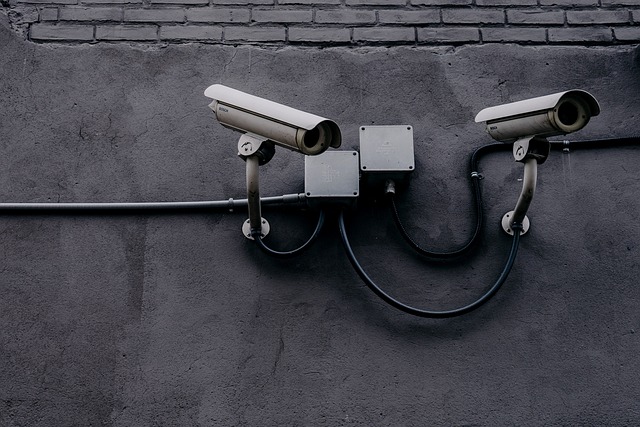Physical security refers to the measures taken to protect a building, property, or person from unauthorized access, theft, damage, or harm. It includes a wide range of security measures such as surveillance cameras, alarms, locks, security personnel, access control systems, and barriers. Physical security is essential for protecting valuable assets, and sensitive information, and ensuring the safety of individuals on the property. It is often used in combination with other security measures such as cybersecurity and personnel security to create a comprehensive security plan. In this blog post we will discuss about Top 5 physical security risks and how to protect businesses from them read it until the end.
Must read this post: Top physical security trends for 2023…….Click Here to Read
Top 5 physical security risks. How to protect the business?
- Unauthorized Access: To protect against this risk, businesses should use access control systems such as keycards, biometric scanners, or security personnel to control who is allowed to enter the building or specific areas within it.
- Sabotage: To protect against this risk, businesses should conduct background checks on employees, contractors, and vendors, and have a plan in place for handling potential internal threats.
- Terrorism: To protect against this risk, businesses should have a plan in place for dealing with potential terrorist threats, and consider hiring security personnel trained to deal with these types of incidents.
- Supply Chain Risks: To protect against this risk, businesses should conduct security audits of their suppliers and partners, and consider implementing security measures such as background checks for employees and security cameras for warehouses and storage facilities.
- Insider Threats: To protect against this risk, businesses should conduct background checks on employees, contractors, and vendors, and have a plan in place for handling potential internal threats.
What are the 5 principles of physical security?
- Deterrence: The principle of deterrence involves creating an environment that deters potential threats or attackers by ensuring that security measures are in place and that unauthorized access or activity will not be tolerated.
- Detection: The principle of detection involves having the ability to detect and respond to potential threats or security breaches in a timely manner. This can be achieved through the use of surveillance cameras, alarms, and other security technology.
- Assessment: The principle of the evaluation involves regularly evaluating the effectiveness of security measures and identifying potential vulnerabilities in order to improve security.
- Response: The principle of response involves having a plan in place for dealing with security breaches or potential threats, and training employees on how to respond to these situations.
- Recovery: The principle of recovery involves having a plan in place for returning to normal operations after a security breach or incident, and having the ability to minimize damage and restore systems and processes as quickly as possible.
What are the primary threats to physical security?
There are many potential threats to physical security, some of the primary ones include:
- Burglary and theft: Unauthorized individuals breaking into a building or stealing property.
- Vandalism: Deliberate destruction of property or equipment.
- Fire: Accidental or intentional fires can cause significant damage and disruption.
- Natural Disasters: Extreme weather events such as hurricanes, tornadoes, earthquakes, and floods can cause significant damage and disruption.
- Terrorism: Deliberate and targeted violence or destruction of property and infrastructure
- Cyber-Physical Attack: This type of attack is when an attacker uses a computer to gain unauthorized access to a physical system, such as a building’s security system and manipulates it for their benefit.
- Insider Threats: Employees or contractors with malicious intent or who have been compromised by an attacker, can cause significant damage
- Supply Chain Risks: this could happen due to a lack of security measures in place in the supplier’s or partners’ facilities or due to the bad actors that could take advantage of the weak links in the supply chain.

Conclusion
In conclusion, physical security is essential for protecting businesses from a wide range of potential threats, such as burglary and theft, vandalism, fire, natural disasters, terrorism, cyber-physical attack, insider threats, and supply chain risks. To protect against these risks, businesses should implement a variety of security measures such as surveillance cameras, alarms, access control systems, security personnel, and disaster recovery plans.
Additionally, regular security assessments, employee training, and background checks can help to mitigate these risks. By taking a comprehensive approach to physical security, businesses can ensure the protection of their assets and the safety of their employees.






